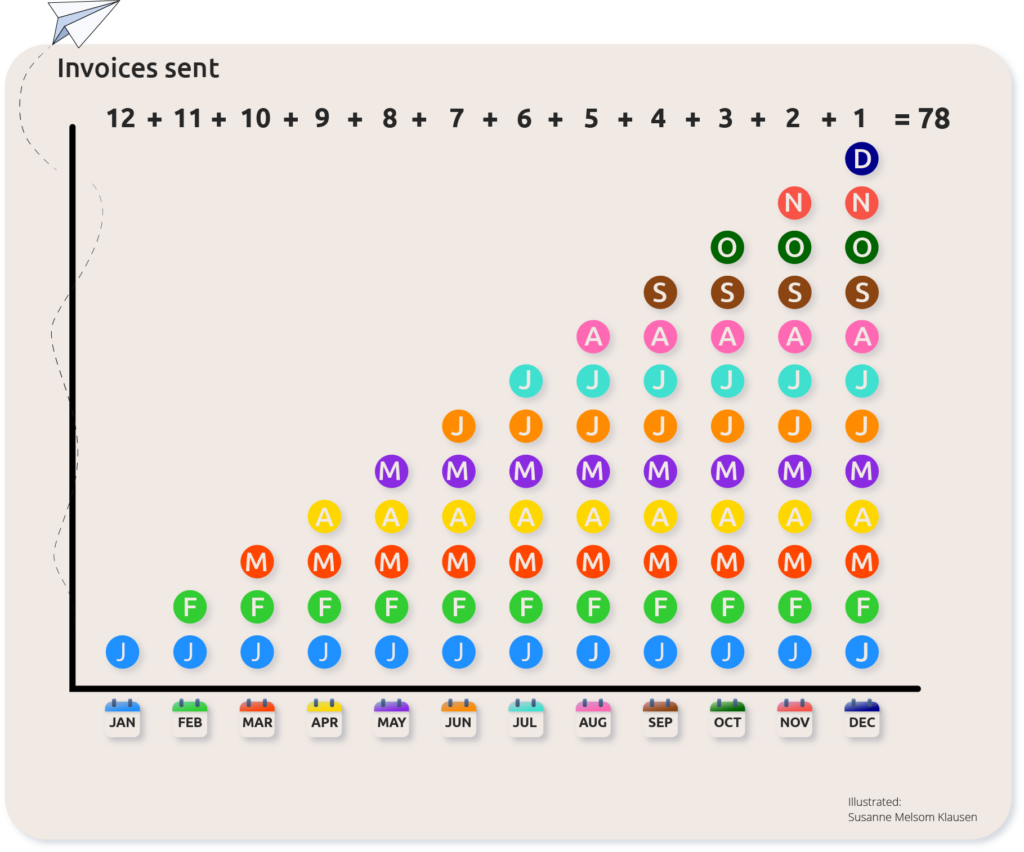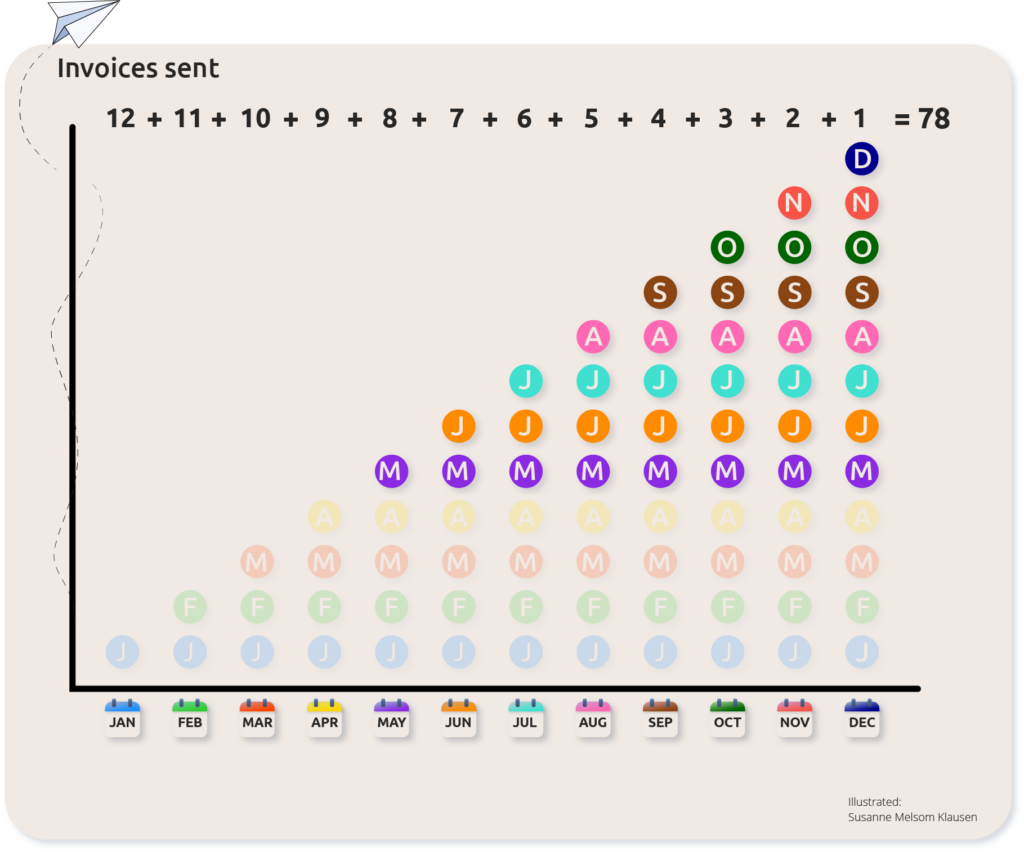A Swift and effective Go To Market, most often referred to as GTM, is becoming increasingly important for revenue in SaaS companies. Launch delays are more the rule than the exception. In many places, PMMs are working hard to get the attention needed in companies not seeing the impact of the delays, and not prioritizing GTM. But what effect do a few months’ delays mean for a full year, and what can we do to increase the speed of GTM?
Saas companies launch numerous new products, modules, and price models each year. It is exceedingly complex to launch, and with so many moving parts a delay is not uncommon. Actually, Besides making or breaking the product launch, there is also a clear effect on the bottom line and EBITDA for the product. In the past, it has been difficult to quantify the cost and impact of delays, and it has not been uncommon that a launch to be postponed several months due to various reasons. But are a few months’ delays so serious? How can you calculate the impact a delay of a few months has, and what can be done to avoid it?
After many years of guesswork, we’ve found a way to calculate that makes companies understand the impact of delays better. It is called the rule of 78. The rule of 78 originates in banks calculating interest rates but can be repurposed to look at results in SaaS business. So, how does it work?
One of the main ideas behind the rule of 78 is that the customers you bring in at the beginning of the year will be worth more by the end of the year, than the customers you bring in later that year. So why is it called the rule of 78? It is the number of billing opportunities in a full year with one new customer per month. As an example; If you start in January and are able to start billing your first customer €200 each month, you can expect to see €2,400 in revenue from them at year’s end. From the customer you sign in February, you get €2,200 as you can bill them 11 times. Using this way of counting, there are 78 recurring monthly revenue opportunities in a calendar year = the rule of 78. The visualization below may help.

Why do we have delays?
There are many reasons for GTM delays. Of course, it is hard to launch when the product is not ready on time. But this is not the sole reason for delays. What I’ve found is that often the problem lies in planning and ownership of the process. Based on the many years of working on the topic and interviews and surveys done, the top reasons for the delay, apart from the product not being ready in time are:
- The organization did not trust that the product was ready to be sold
- The timeline was wrong from the start
- The marketing plan was not ready
- The resources were not in place and trained in time
- The sales material was not in place
- Backoffice was not ready
- The price model was not ready
The financial impact of delay:
Let’s say that there is a hypothetical delay in your launch of four months. What effect would this have on your company’s EBITDA? You lose out on the last four months of monthly recurring revenue in the initially planned full calendar year. In other words, your initially proposed calendar year now only has 8 months, and you lose out of 42 instances of billing customers. To put this in perspective, that is 54% of the revenue you could have had without a delay in GTM as you miss out on months 9, 10, 11, and 12 compared to the initial launch date. Using the same example as above; instead of the full effect of the 78 moments in our example (€200 * 78= €15,600), you lose out on €8,400 (€200 * 42) of the €15 600 in revenue you could have had if you did not have a delay. The €8,400 is highlighted in the red box below

Of course, in reality, sales do not come in one per month, so this exercise as such is theoretical. But we cannot A/B-test a launch, so an understanding of the financial impact must be based on theory. And launching an unsatisfactory product to reach deadlines is of course bad for business. One can also argue that a delay can also result in a better time for marketing activities so you may be able to win back the lost months. However, there are other outcomes at play as well when you have a delay.
A delay puts additional pressure on the sales team to reach the budget in a shorter time frame, with increased costs and higher risk as a result. Customer satisfaction for launching late (but the product is ready) can negatively impact the NPS, and finally, the overall internal engagement and drive goes down.
All in all, the delay is costly both in direct EBITDA impact, but also in many other aspects of the business.
Key Takeaways
- A perceived “short” delay can have a significant negative impact on your revenue, internal engagement, the pressure to reach budget within fewer months, and the risk of lowered customer satisfaction
- Give GTM proper focus and ensure commitment to timelines to avoid negative impact
- Secure GTM ownership, with a product marketing manager or project manager that takes the lead to not end up missing crucial deliveries.
- Educate your organization in GTM, look over the classic handovers where things get dropped,
- Understand the rule of 78 and the impact delays can have; both financially, culturally, and for your customer satisfaction.
By: Liza Collin
Contributor Michael Sants




